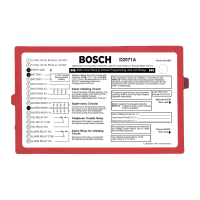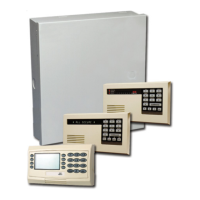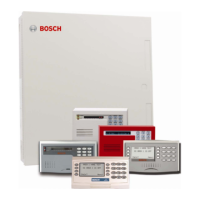What to do if the Bosch D2071A line rings but the receiver does not pick up?
- VVirginia RamirezJul 31, 2025
If the Bosch Control Panel line rings but the receiver doesn't pick up, first check that the lines are correctly connected to the receiver. Then, confirm that the correct prefixes and telephone numbers for the receiver are programmed into the D2071A. The receiver’s call load might be too great, so additional telephone lines might be needed for the receiver. Also, make sure the telephone lines are not shorted between the telephone company’s equipment and the receiver, and confirm the receiver is producing a 2300 Hz acknowledgment tone. Finally, confirm the receiver is compatible with the format the D2071A is using (either BFSK or Superfast). Noisy telephone lines can interfere with report transmission, so try making a voice call on the line to confirm the noisy condition.







